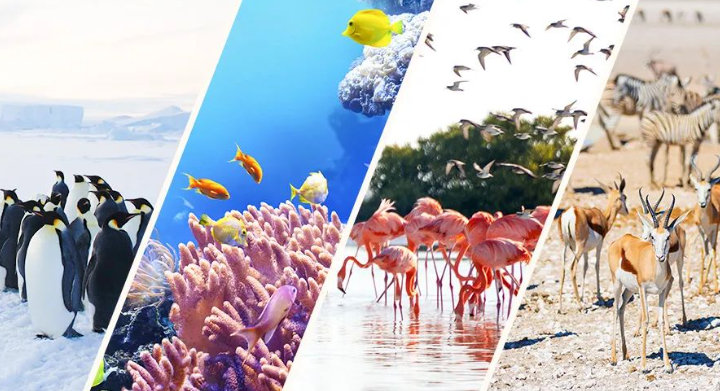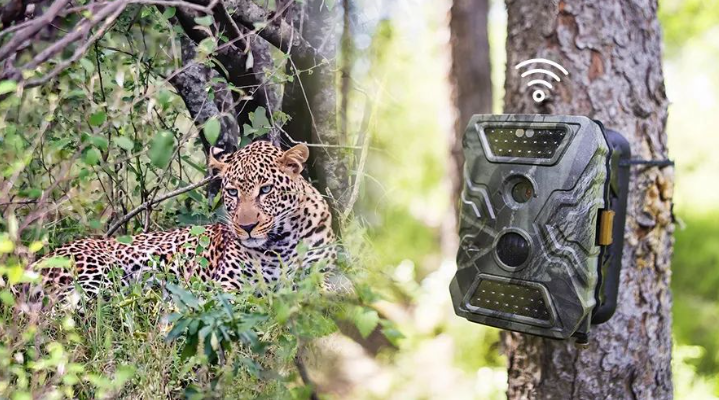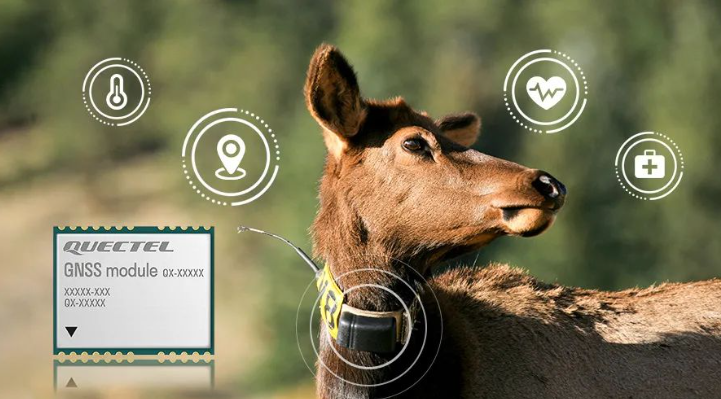With the development of human society, biodiversity faces more and more threats. Since 1970, the Earth Vitality Index has been declining. Protecting biodiversity has become an urgent and top priority for mankind.
In recent years, digital technologies such as 5G, big data, cloud platforms, and artificial intelligence have risen rapidly. More and more IoT applications have been invested in the protection of biodiversity and ecological balance. Technology has become an indispensable new force in protecting the vitality of the earth. As an enabler of IoT applications, Quectel Communications actively practices social responsibility and relies on mature IoT technology to enable ecological civilization construction in all aspects, making it possible for people and nature to coexist harmoniously.

On the International Day for Biological Diversity, let's take a look at the applications of IoT technology in the construction of a harmonious ecology~
Animal Protection Monitoring Camera
In terms of wildlife monitoring, smart infrared detection cameras play an important role. In actual applications, the smart infrared detection camera is installed in the woods. When an animal passes by, the camera will automatically take pictures or videos. With the help of the Quectel communication module in the camera, the image is transmitted to the forest ranger, so as to help understand the types, activity ranges, lifestyles and frequency of occurrence of wild animals in the area, and make timely adjustments to protection work.

Compared with the old animal monitoring cameras, with this smart camera, forest rangers no longer need to travel through mountains and rivers to get the memory card in the camera, which can better protect the safety of staff and make animal protection work more efficient.
At the same time, the smart infrared detection camera can also monitor illegal acts such as logging and poaching that damage forest resources, and has become one of the most commonly used equipment for wildlife monitoring.
Tracking wild released animals
According to the latest data from the World Conservation Union, 40,084 species are rated as vulnerable, endangered or critically endangered, and the number of species facing extinction has exceeded 40,000 for the first time. The protection of wildlife is imminent.
In my country, some rare animals that have been artificially bred will be released into the wild after they have the ability to survive in the wild. Where these animals will go after release and whether they can adapt to the conditions in the wild are the key observations and monitoring contents of the staff. The tracker equipped with Quectel GNSS positioning module can help staff use GNSS satellite signals to continuously track and record the real-time location of released animals, and regularly go to the location of the signal for field observation to better understand the activity patterns of animals.

In addition, the Real-time Anti-poaching Intelligent Device (RAPID) has also made a significant contribution. RAPID is equipped with a camera, heart rate detector and GPS tracker. Wearing it on rare animals can not only obtain their location in time, but also monitor their growth in real time. When they encounter danger, they can also issue an alarm and obtain video footage of poachers. The network connection and GNSS positioning functions required by this terminal can be achieved through products such as Quectel cellular communication modules and GNSS modules.


